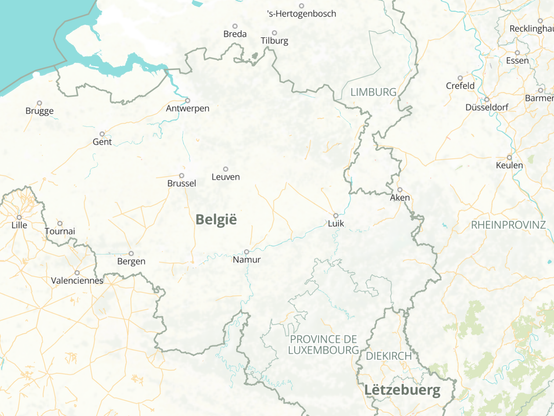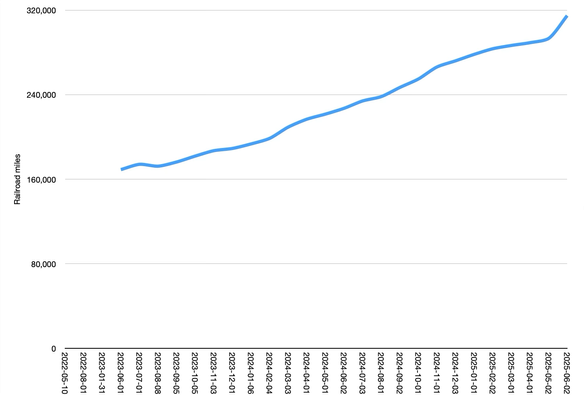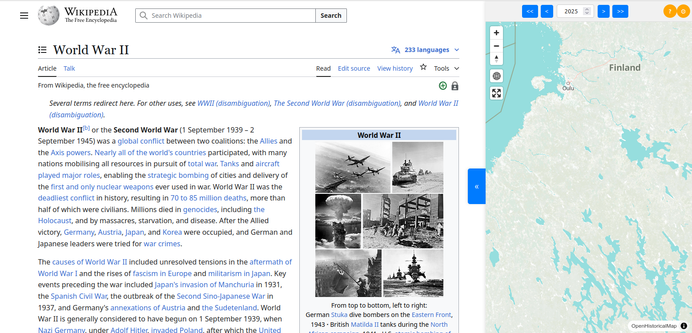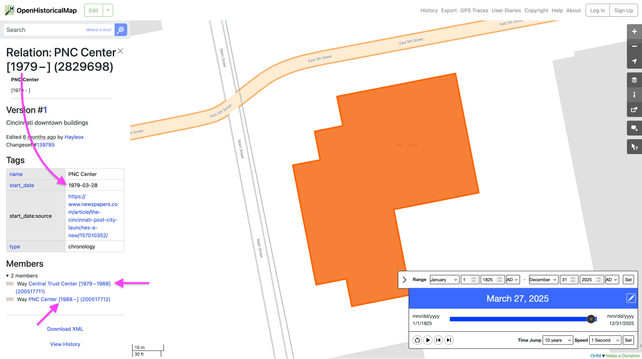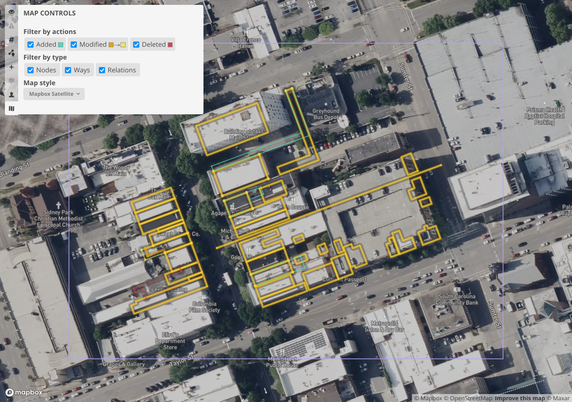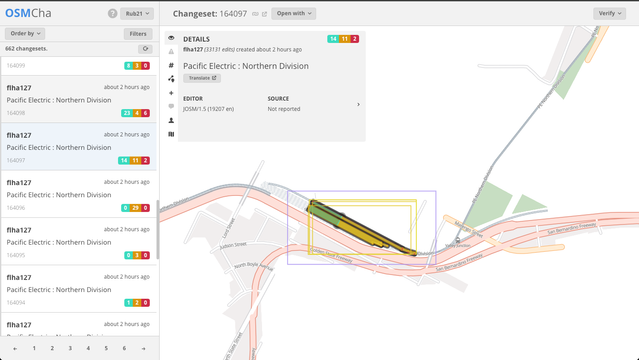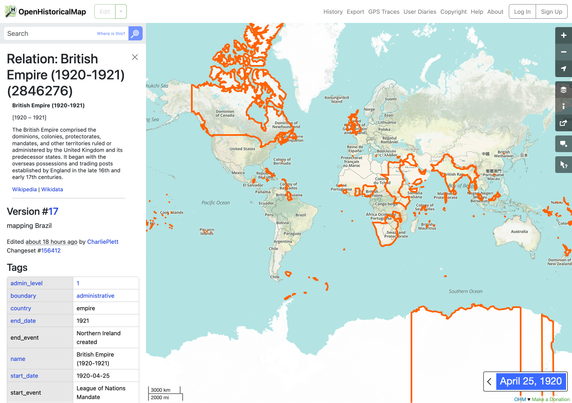@aoppo whipped up a user script to easily navigate #OpenHistoricalMap while reading a #Wikipedia article. You can install it in your personal Wikipedia account:
https://globstory.it/wikipedia-user-script/
It’s one of many ideas for cooperation between the OHM and #Wikimedia communities:

